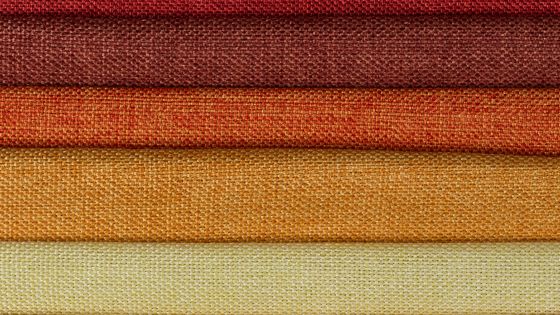Introduction:
In the realm of fabrics, Rayon stands out as a versatile and popular choice, appreciated for its unique combination of comfort, breathability, and aesthetic appeal. In this comprehensive guide, we will delve into the world of Rayon, exploring its origins, manufacturing process, characteristics, and how it has become a staple in the fashion and textile industry.
Understanding Rayon:
Rayon is a semi-synthetic or artificial fiber made from natural cellulose materials, primarily wood pulp. Developed as an alternative to silk in the late 19th century, Rayon is celebrated for its softness, drapability, and versatility. It often mimics the texture and appearance of natural fibers, blending the best of both worlds.
Manufacturing Process:
The production of Rayon involves several stages. Cellulose extracted from wood pulp or other plant-based sources undergoes a chemical treatment to create a viscous liquid. This liquid is then extruded through spinnerets, forming filaments that are solidified into fibers. The resulting fibers are then spun into yarns and woven or knitted into fabric. The manufacturing process allows for variations in texture, from a silky sheen to a cotton-like feel.
Types of Rayon:
Rayon comes in various types, each with distinct characteristics:
- Viscose Rayon: The most common type, known for its silk-like appearance and soft feel.
- Modal Rayon: Derived from beech trees, Modal Rayon is known for its exceptional softness, breathability, and resistance to shrinking.
- Lyocell (Tencel): Made through an eco-friendly, closed-loop process, Lyocell Rayon is celebrated for its smooth texture, moisture-wicking properties, and sustainability.
- High-Tenacity Rayon: Engineered for strength, this type is often used in applications where durability is crucial.
Aesthetic Appeal:
Rayon boasts a luxurious appearance that closely resembles natural fibers like silk. Its soft and smooth texture enhances the drape of garments, creating a flattering silhouette. The fabric also takes dyes exceptionally well, resulting in vibrant and rich colors that add to its visual appeal.
Comfort and Breathability:
One of Rayon's key attributes is its comfort. The fabric is lightweight, breathable, and has excellent moisture-wicking properties, making it suitable for various climates. Whether used in summer dresses or winter layers, Rayon provides a comfortable and pleasant wearing experience.
Drapability and Versatility:
Rayon's drapability is a defining feature, making it a favorite for flowing dresses, skirts, and blouses. Its versatility allows it to mimic the characteristics of other fabrics, such as cotton, silk, or linen, expanding its range of applications. Rayon can be found in casual wear, formal attire, and even activewear.
Durability and Care:
While Rayon is known for its softness and comfort, it's essential to handle it with care. The fabric can be prone to wrinkles and may lose its shape if not properly cared for. Follow garment care instructions, which often include hand washing or gentle machine washing. Avoid high heat when ironing to maintain the integrity of the fibers.
Environmental Impact:
The environmental impact of Rayon varies depending on the type. While traditional viscose Rayon has been associated with environmental concerns due to the chemicals used in its production, newer forms like Lyocell (Tencel) offer a more sustainable option. Lyocell is produced in a closed-loop process, minimizing waste and chemical emissions.
Popular Applications:
Rayon's versatility makes it a popular choice for a wide range of applications, including:
- Apparel: Dresses, blouses, skirts, and shirts.
- Home Furnishings: Bedding, curtains, and upholstery.
- Accessories: Scarves, ties, and handkerchiefs.
- Activewear: Due to its moisture-wicking properties, Rayon is often blended with other fibers for activewear applications.
Tips for Buying and Caring for Rayon:
- Check the care instructions on the garment to ensure proper maintenance.
- Be mindful of potential shrinkage, especially in high-moisture conditions.
- Consider the purpose of the garment – certain types of Rayon may be more suitable for specific applications.
- When ironing, use low to medium heat to avoid damaging the fibers.
Also Read Embracing Nature: The Timeless Elegance and Benefits of Natural Fabrics
Conclusion:
.
Rayon, with its fascinating history, versatile nature, and aesthetic appeal, has secured its place as a beloved fabric in the fashion and textile industry. From its humble beginnings as an alternative to silk, Rayon has evolved into a diverse range of types, each offering unique characteristics. Whether you're drawn to its luxurious appearance, comfort, or versatility, Rayon continues to be a fabric of choice for designers and consumers alike. As we navigate an era of sustainable fashion, the emergence of eco-friendly options like Lyocell (Tencel) further solidifies Rayon's relevance, ensuring its continued presence in our wardrobes and homes.






Comments